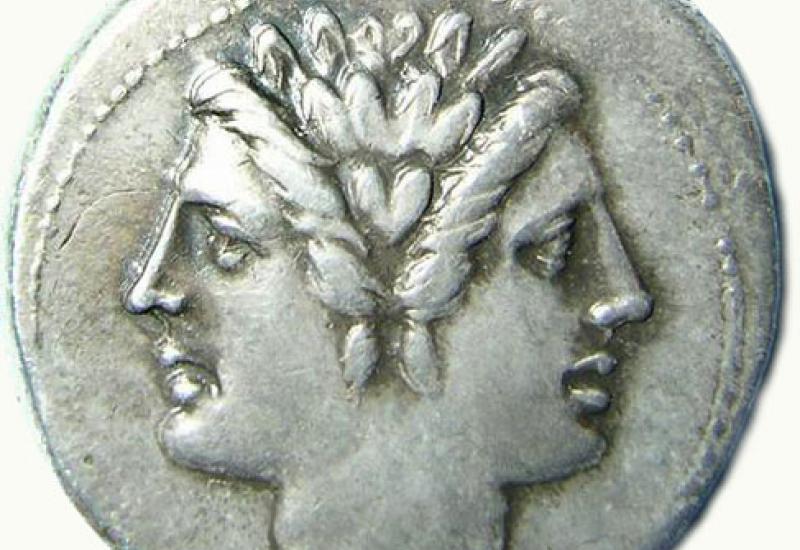Year begins in January ... but why in January? From calendar and astronomical point of view, nothing interesting is happening this month - we remember it from school-days. Our Mother-Earth revolves around the Sun at its usual speed. A rotation axis is inclined to the orbital surface at an angle of 66°33'. As this axis is always turned to one side, then the Earth seems to set under sun rays first one side, then another one, that is first the Northern hemisphere, then the Southern one, which in turn get more light and heat. Therefore a revolution of the season is happening. Their astronomical change falls on March 21, June 22, September 23 and December 22 - days of spring and autumn equinoxes and summer and winter solstices.
So why do we celebrate the New Year in midwinter? Would it be logical to start the year since a spring time when everything wakes up, comes to life, starts a new annual cycle?
By the way, in countries of the South-Eastern Asia the New Year is considered to be a spring holiday, though there it falls on winter months of our hemisphere. Residents of these countries keep count of time according to a monthly or solar calendar, in which the year numbers ether 12, or 13 months, and a leap-month is introduced to the year irregularly, since a procedure of its introduction is calculated considering a correlation of the orbits of the Earth, Moon and another five planets.
Beginning of month in that calendar coincides with appearance of a new moon in the sky. Since the number of days in the month year is different, then the New Year's holiday falls on different days in January or in February.
In Vietnam, during the celebration of Tet (so called New Year’s holiday there) a branch of peach or apricot is placed on a festively decorated table. Interestingly, these trees are always blossoming on the eve of the holiday - no matter on what day it falls. Incidentally, it may prove that the beginning of the year in the East is still not exactly an arbitrary date and that it is associated with a particular astroheliophysical state of nature.
Our ancestors also celebrated the New Year formerly in early spring – on March 1. But in the 10th century Russia adopted Christianity as a state religion, and changed over to the new calendar. Its time counting started on September 1. By the way, a church year today begins in September. However, if in cloisters time was counted in a new way, most people celebrated the New Year as their grandparents did. Moreover, the monks themselves fairly often used the national calendar that, incidentally, makes it difficult today to define the exact date of any historical event, which is mentioned in chronicles. Only in 1492 the New Year was officially put forward for all on September 1.
Only in 1699 by decree of Tsar Peter I of December 19, it was established that beginnings of following years will be celebrated in January in the Russian Empire which included most of the territories of Ukraine.
The 1st January 7208 since “the making of the world” was the beginning of a new, 1700 year A. D.
At that up to 1884 the beginning of the day was counted since the midday, that is at twelve, rather than since night, as we do now.
As for a custom to celebrate the New Year in January, it was inherited from Ancient Rome by Christian nations and later by a majority of mankind.
The Romans named the first month of the year as “Januarys” – in honour of two-faced Janus – god of entry and exit, the Sun, light and different beginnings.
According to a legend, the god Janus opened a door to the Sun early in the day and closed in the evening. One of his faces was turned into the past and another one - into the future. No wonder that he has started the new year.
Nevertheless, most of the Slavic peoples called "Januarys" in their own way: Belarusians - "studzen", Czechs - "leding", Poles - "stiching" and so on.
There are several hypotheses of an origin of Ukrainian name of the month. The first: January got its name because it falls on midwinter. This month seemed to divide winter in half. And some believe that the name adapted because there is a biting frost exactly in the height of winter. There is also an idea that the moon got its name because at this particular time cutting area began – preparation of land for spring cultivation and harvesting of the best wood for building.
But anyway, wherever this name would come from, today we consider January as the first month of the New Year, month of the most beautiful Christian holidays, especially Christmas. It is the Month of bright hopes and fervent expectations...

